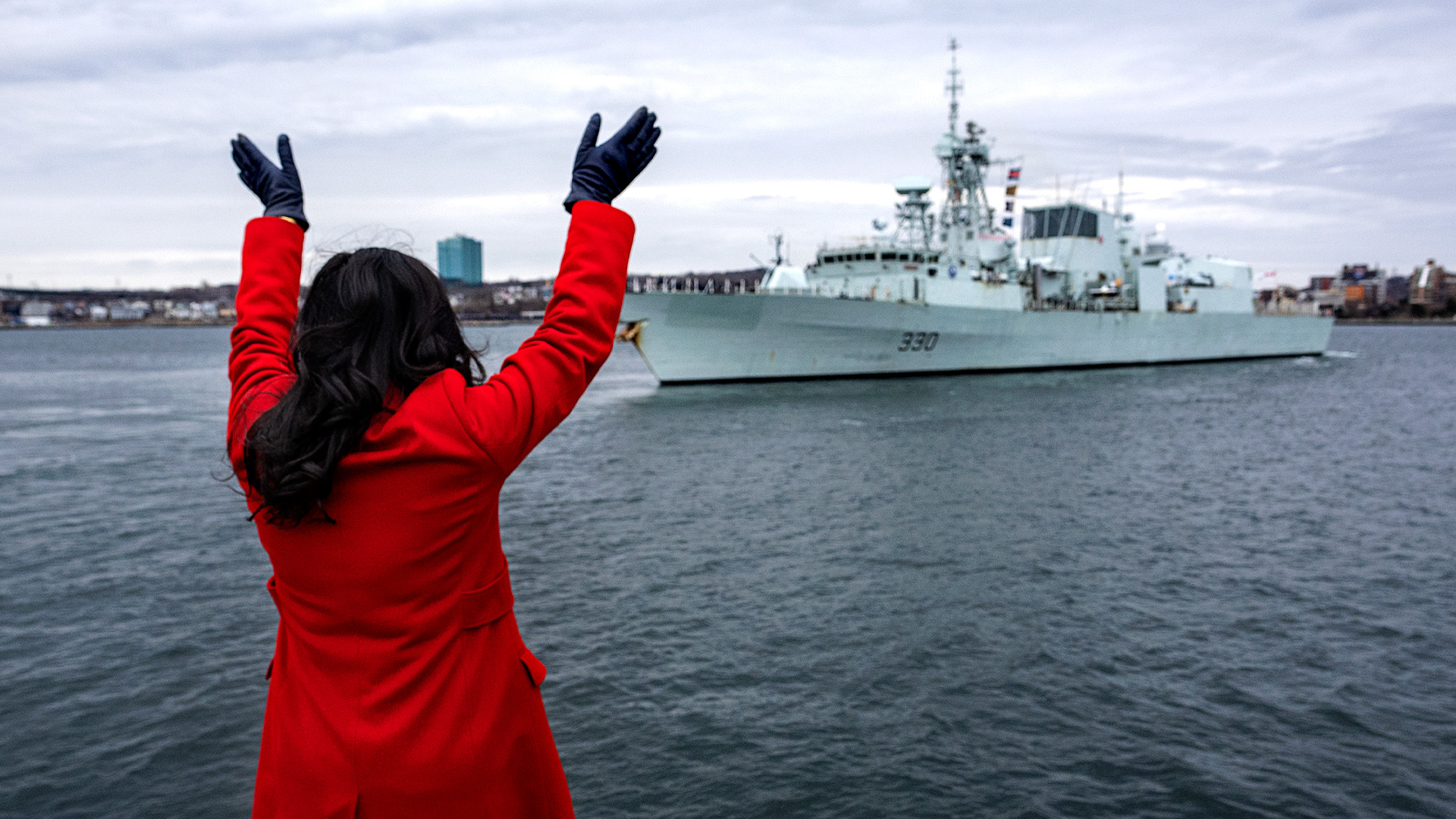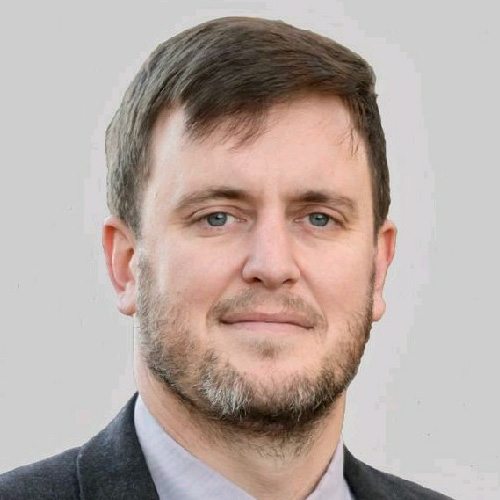
“If you fail to plan, you are planning to fail,” Benjamin Franklin once quipped. Franklin’s advice should be top of mind for Canadian defence planners and decision-makers in Ottawa as the country prepares for what Defence Minister Anita Anand terms “aggressive options” on more military spending.
What specific new capabilities this money will be spent on is not entirely clear yet. Perhaps the Trudeau government should firmly commit to boosting defence spending in the spring budget to the long sought-after NATO target of two per cent of GDP (up from Canada’s current 1.4 percent). However, this will take more than cutting cheques to actually see results. It will require a new policy with clear political direction and government machinery to execute it.
Counterintuitive as it may seem, one of the Department of National Defence’s (DND) persistent problems in the post-9/11 era is spending the money it already gets for buying new equipment and services. DND saw $1 billion of its $5 billion capital budget lapse last year.
As defence budget expert David Perry noted in 2014, this trend is (in part) the result of Treasury Board Secretariat processes and a lack of political prioritization of the defence file generally. It is also because of production challenges with industry and the reality of building sophisticated military equipment. This leads to inflation eating away at project budgets and cuts to training along with deferred maintenance. The final result is the undermining of what the Canadian Armed Forces (CAF) refers to as its readiness.
That this situation exists without any serious correction is largely a reflection of the low priority placed on the CAF going back decades. Sitting atop North America and deeply integrated with the world’s biggest economic and military power has given Canada a geopolitical luxury. It’s one that is shared by few middle power peers anywhere (take Australia or South Korea for instance). Canada could afford not to take defence seriously and not pay a major price for doing so.
Ottawa could always count on the involuntary guarantee that comes with being America’s sole northern neighbour, ally and trading partner. Washington, so the logic went, would never let Canada become a conduit for threatening the American homeland. In exchange, Canada did just enough on defence spending, new equipment purchases (often American) and overseas missions to not raise concerns. This successful formula not only crossed partisan lines but endured throughout most of the Cold War to the recent present.
But those days are over. Russia’s unprovoked war in Ukraine signifies the shattering of this consensus. Nuclear threats to European allies are back as is the likelihood of a militarily contested Arctic. Simmering unstable great power rivalries akin to those of the early 1900s are thrusting Canada into a global security environment. One that is characterized by a (relatively) declining United States, a rising authoritarian China and now a Russia bent on recreating parts of a lost Soviet empire. Canada’s current defence policy, 2017’s Strong, Secure, Engaged – which featured just three mentions each on Russia and China on its 113 pages – no longer provides the framework needed to ground new major spending boosts.
For the 2022 budget to actually materialize into the right capabilities at the right time and not decades into the future (the sad norm of defence procurement), the Trudeau government should draw on the lessons of two predecessors.
First, initiate a clear, focused updated defence policy mirroring Pierre Trudeau’s 1975 Defence Structure Review. Issued during a time of high inflation, alliance pressures, deteriorating Soviet-American relations and an outdated 1971 defence policy, the DSR was the elder Trudeau government’s bold, abrupt about-face to invest in new military capabilities in a condensed timeframe.
In contrast to the current government’s much delayed Indo-Pacific strategy, the DSR moved at lightning speed. Completed in under 12 months it identified gaps in the 1971 defence policy, analyzed the new geopolitical impacts on Canada’s defence alliances in Europe and proposed a shopping list of key equipment necessary to meet these challenges.
The DSR made defence spending, in the words of the late Canadian defence expert, R. B. Byers, “realistic and stable,” by linking it to inflation and setting a target of 20 per cent of all defence spending on new equipment.
Although not perfect, the Canadian defence budget did jump from $1.9 billion in 1973 to $7.9 billion in 1984 and delivered major projects in relatively short order. Between 1975 and 1979, five major programs were initiated including tanks, armoured vehicles, fighter jets, frigates and trucks with all except the frigates delivered by the early 1980s. New jeeps, trucks and self-propelled artillery were also purchased.
Second, for all its success the DSR was characterized by ad-hoc processes. These run the risk of bureaucratic pushback once the urgency of the crisis subsides. A NATO-Ukraine specific cabinet committee backed by a central bureaucratic task force with prime ministerial buy-in is therefore vital to ensuring the CAF get the goods and services it needs in a timely and effective fashion and that wider foreign policy goals are coordinated and not operating at cross-purposes.
Here the Stephen Harper government’s approach for the Afghanistan combat mission in 2006 to 2011 is worth emulating. Following a 2008 independent review panel led by former deputy prime minister John Manley, the Harper government created a new secretariat, the Afghanistan Task Force to bridge departmental silos and maintain direct connections to top political and civil-service decision makers. Led by a deputy minister and run out of the Privy Council Office, the task force ensured procurement and other mission related policy spending items (for example development aid) received high priority.
The task force was also backed up politically with an Afghanistan specific cabinet committee. This committee included the ministers of defence and foreign affairs, among others, and met weekly when Parliament was in session. It published quarterly progress reports and reported regularly to the prime minister-led priorities and planning cabinet committee. It also was involved in a variety of cross-departmental but Afghanistan-specific issues including procurement (for example the purchase of helicopters).
At first glance these two lessons may appear as low-priority concerns in the face of the largest war in Europe since 1945. However, they are the type of process issues that can bog down even the most ambitious and biggest spending of governments. If the Trudeau government can get the policy and mechanics right, then the impact of the coming federal budget could truly represent a generational return of Canada to the world stage.










